Abandoned businesses where nature is taking over
The business of nature

Petrol pump, Wittenoom
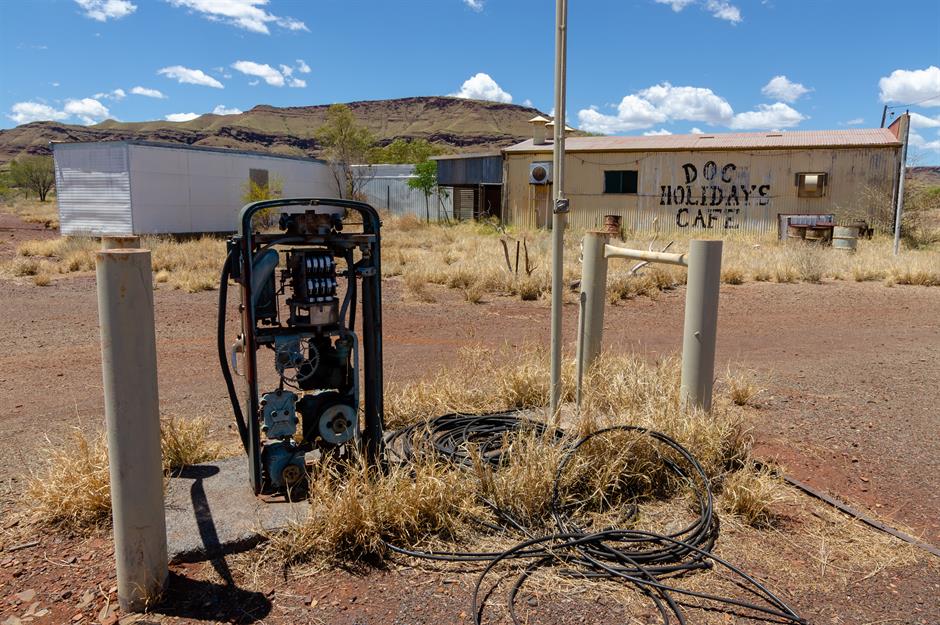
This grass-covered petrol pump stands in the Western Australian town of Wittenoom, 680 miles (1.1km) north of Perth. Described as the most contaminated site in the Southern Hemisphere, Wittenoom lost its town status in 1966. Why? The town was built near Wittenoom Gorge in 1946 to house workers from the nearby blue asbestos mine, and that asbestos has led to hundreds of deaths.
Petrol pump, Wittenoom
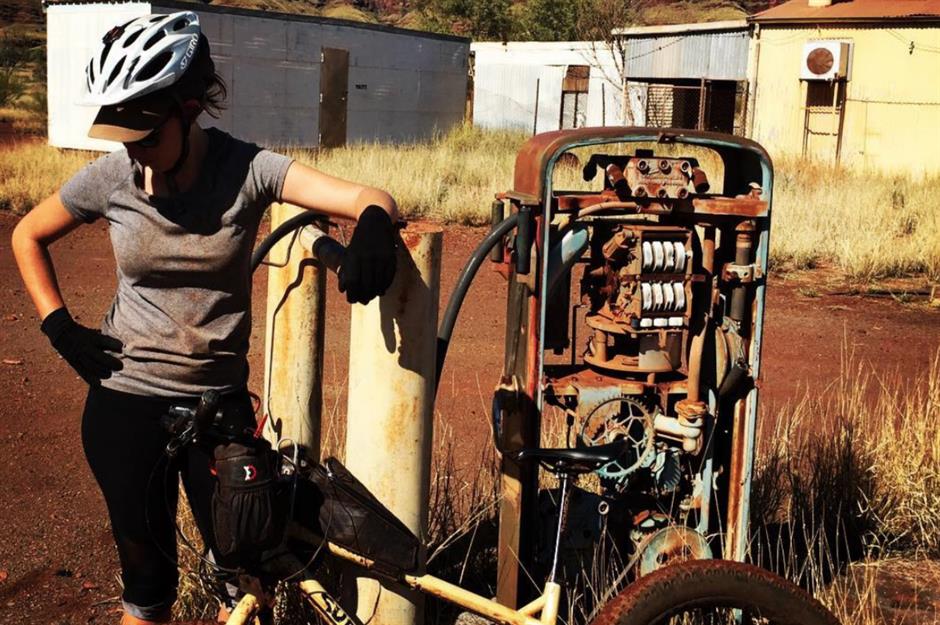
Banned in many countries, asbestos fibres can cause lung conditions like cancer and asbestosis when inhaled. So it's not surprising that there are signs surrounding Wittenoom that warn people not to visit as the surrounding area remains littered with blue asbestos. But the threat still doesn't deter some tourists or other visitors from stopping off at what is sometimes referred to as "Australia's Chernobyl" and posing at the derelict pump.
Petrol pump, Wittenoom
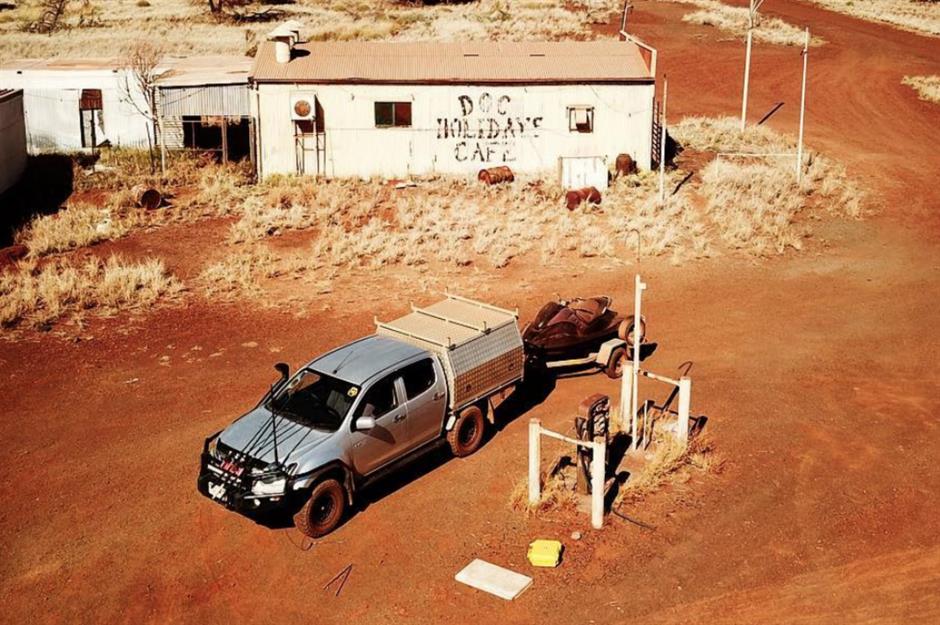
Even some of the final handful of residents of the contaminated town have refused to budge. Earlier this year, the Western Australia government decided to introduce the Wittenoom Closure Bill to shut it down entirely. In July, one of the last-remaining residents was reported to have accepted the offer and another one was in talks, but the third was still refusing to engage with the process.
Old mill, Sorrento
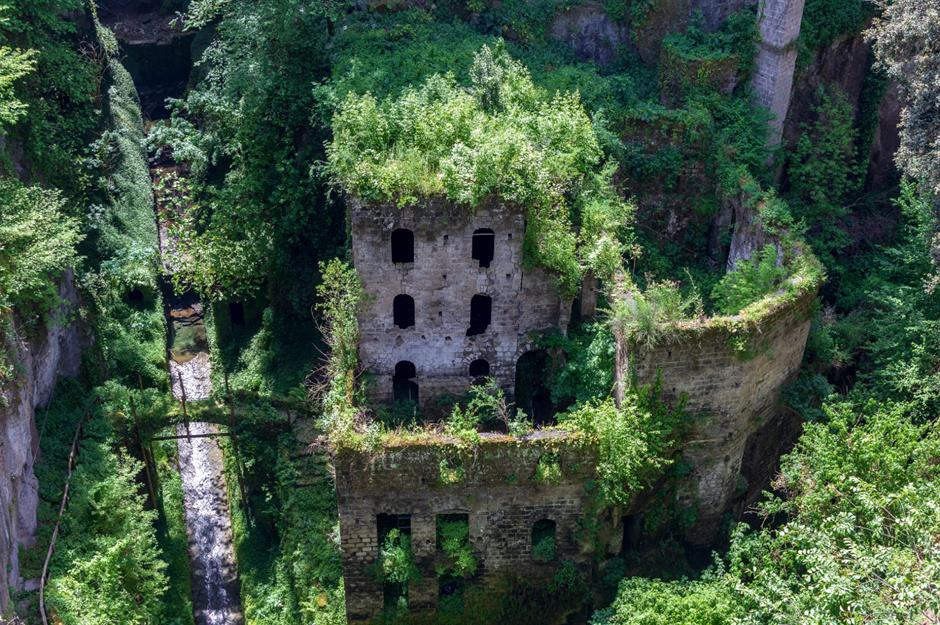
Old mill, Sorrento
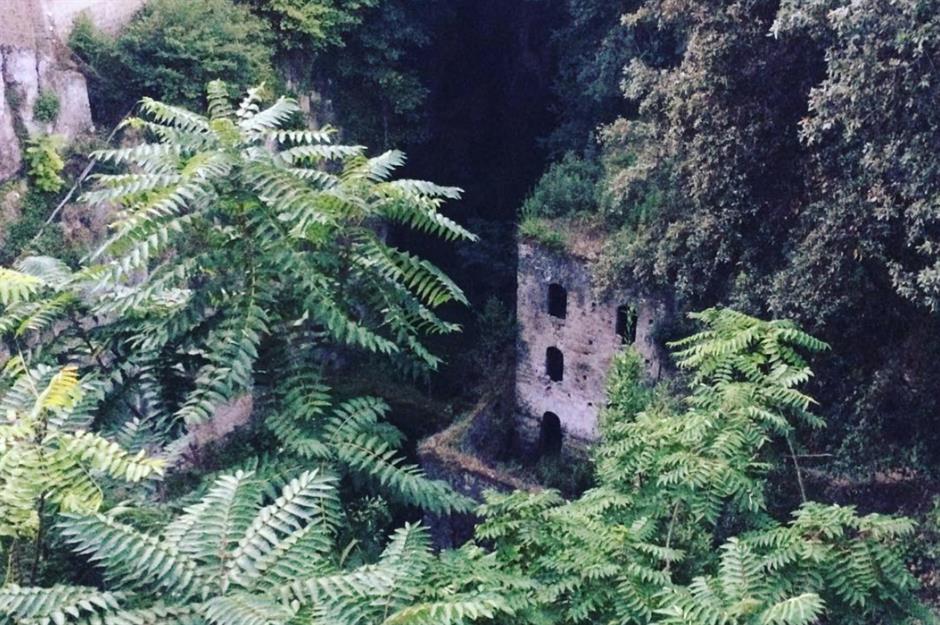
Old mill, Sorrento
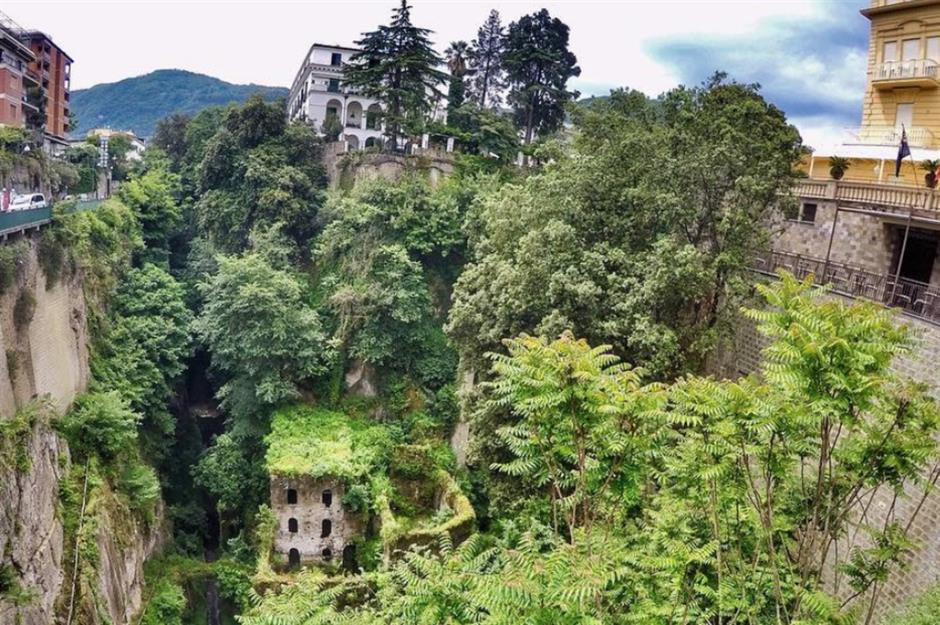
Derby Hippodrome, Derby
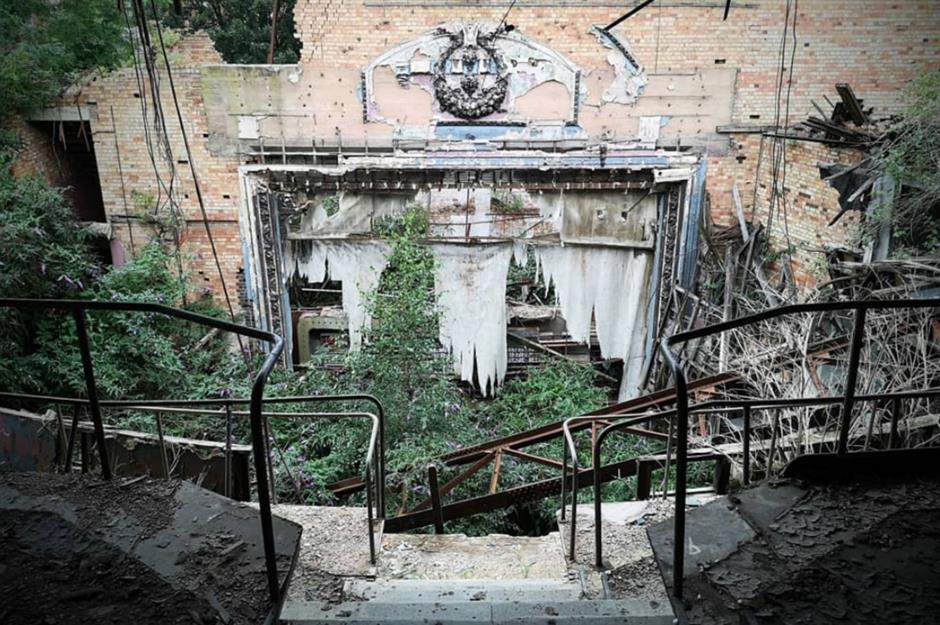
The Derby Hippodrome is a Grade II-listed variety theatre built in 1914. The roofless building, now covered in plants, is a rare example from the period of a variety theatre built for both live theatre and cinema. Designed by architects Marshall & Tweedy of Newcastle upon Tyne, the Hippodrome had an elaborate first-floor foyer, lounges and an elegant dress circle balcony.
Derby Hippodrome, Derby
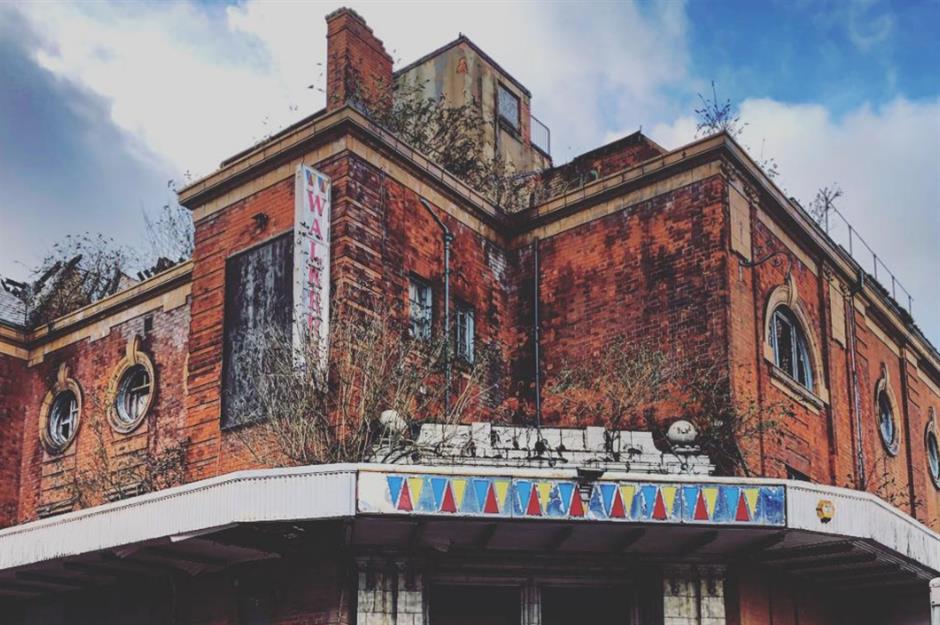
Derby Hippodrome, Derby

The Hippodrome was given Grade II-listed status in 1996, largely for its decorative plasterwork, but the bingo hall closed in 2007. The theatre fell victim to arson and vandalism and suffered substantial damage in 2008 when the then-owner carried out repair works, including removing the roof which left it exposed to the elements. The Derby Hippodrome Restoration Trust is now seeking to restore the building and return it to its former glory.
New World shopping mall, Bangkok
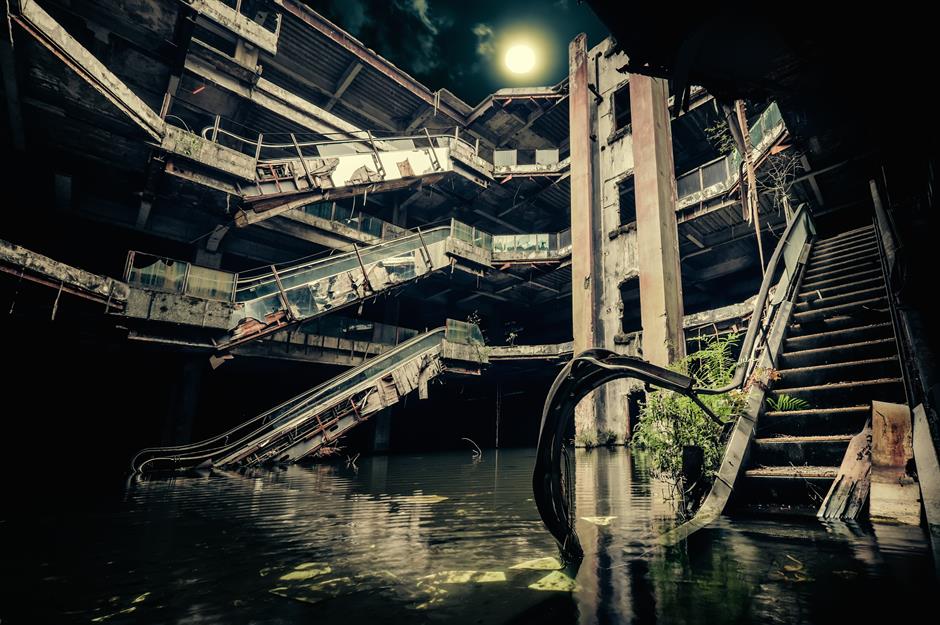
The New World shopping mall in Bangkok was built in the early Eighties but closed down in 1997 after it was found to have breached planning regulations, standing at 11 storeys when the planning blueprint only allowed for seven. A fire two years later destroyed the roof, meaning the floor started filling with water whenever it rained. This led to a major mosquito problem, much to the frustration to local residents, who introduced freshwater tilapia fish to eat the pests.
New World shopping mall, Bangkok

The fish quickly multiplied and soon filled the "pond" on the 5,000-square-foot (465-square-metre) ground floor of the abandoned mall. Tourist Jesse Rockwell, who came across the derelict mall while backpacking around Thailand, told the Daily Mail that you could hear splashing from the building, despite being in a busy area of the city.
New World shopping mall, Bangkok
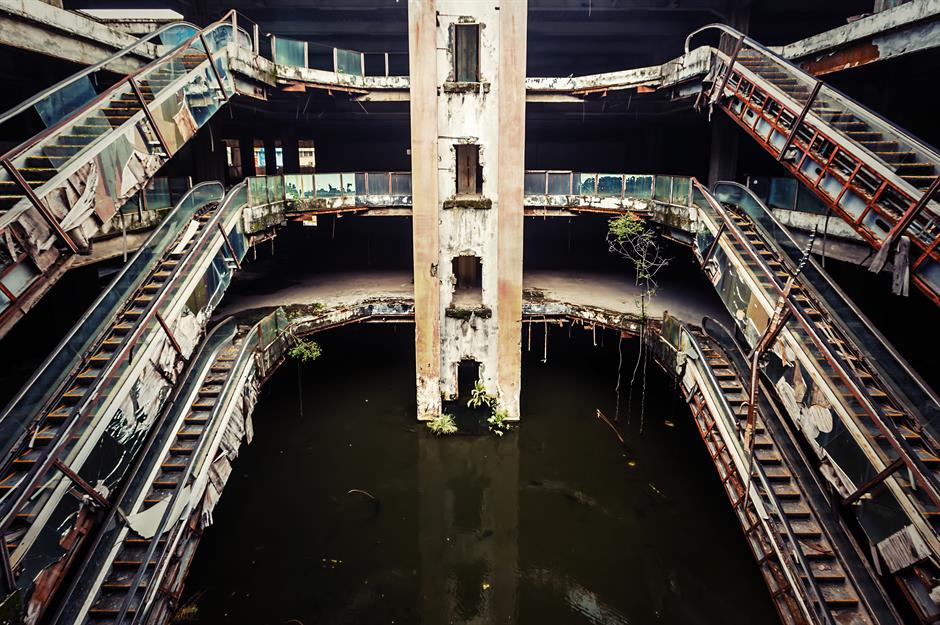
Thousands of tilapia, carp and catfish were eventually relocated in 2015. Workers from the fisheries department used nets to catch the fish and relocate them to various wildlife centres, before releasing them into reservoirs, rivers and canals. But the derelict and roofless mall is still home to a variety of plant life and the odd fish.
Discover abandoned shopping malls and stores across the world
Pyramiden mine, Svalbard
Pyramiden mine, Svalbard
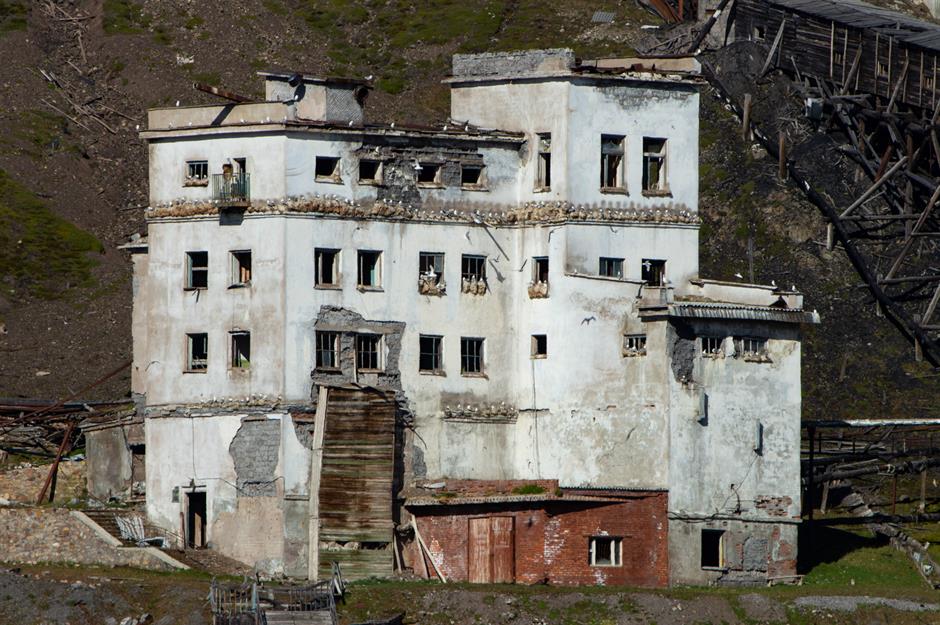
Pyramiden mine, Svalbard

Carbide Willson Ruins, Quebec
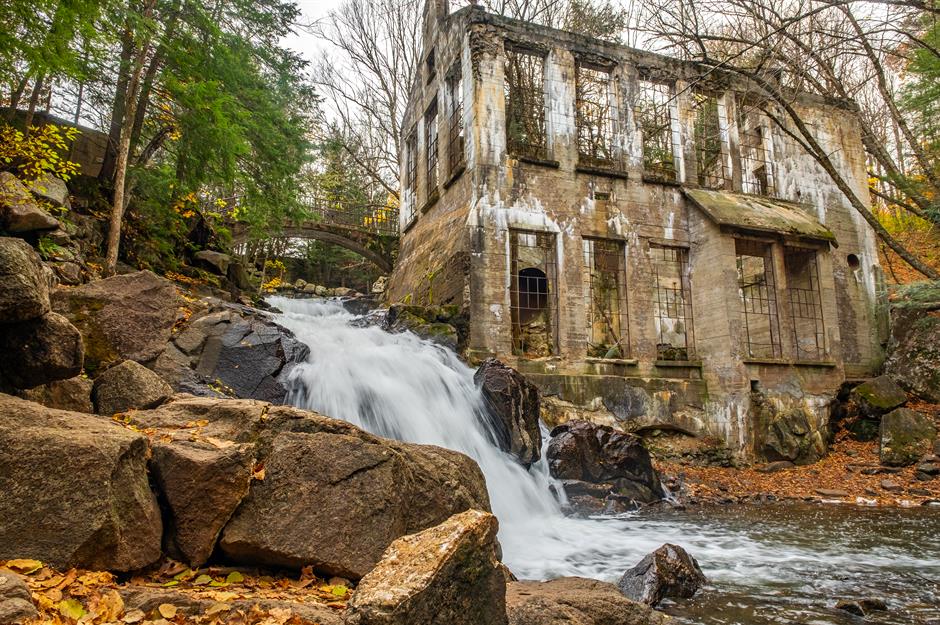
Carbide Willson Ruins, Quebec
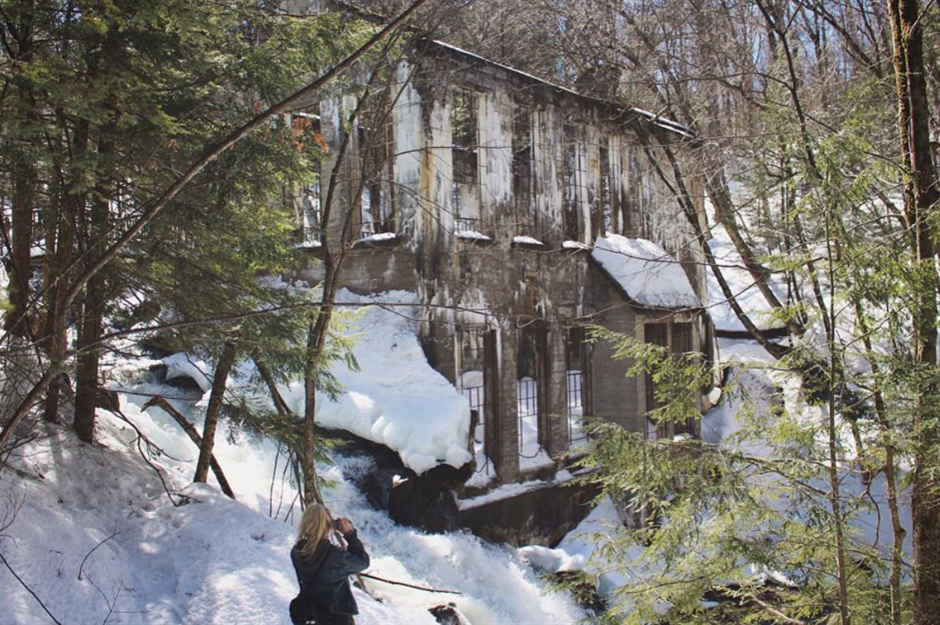
Carbide Willson Ruins, Quebec
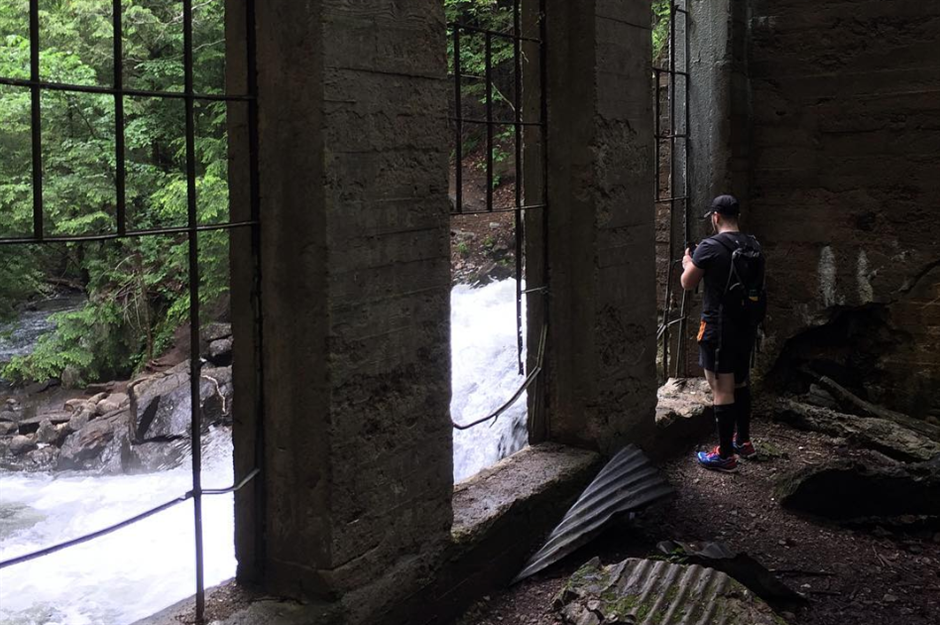
Palace Theatre, Swansea
Palace Theatre, Swansea
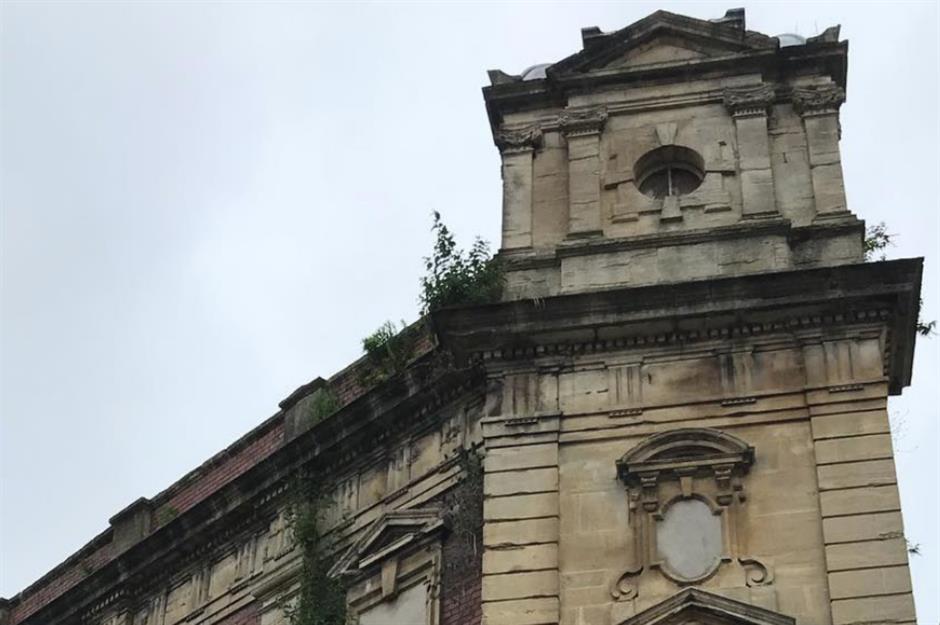
Palace Theatre, Swansea
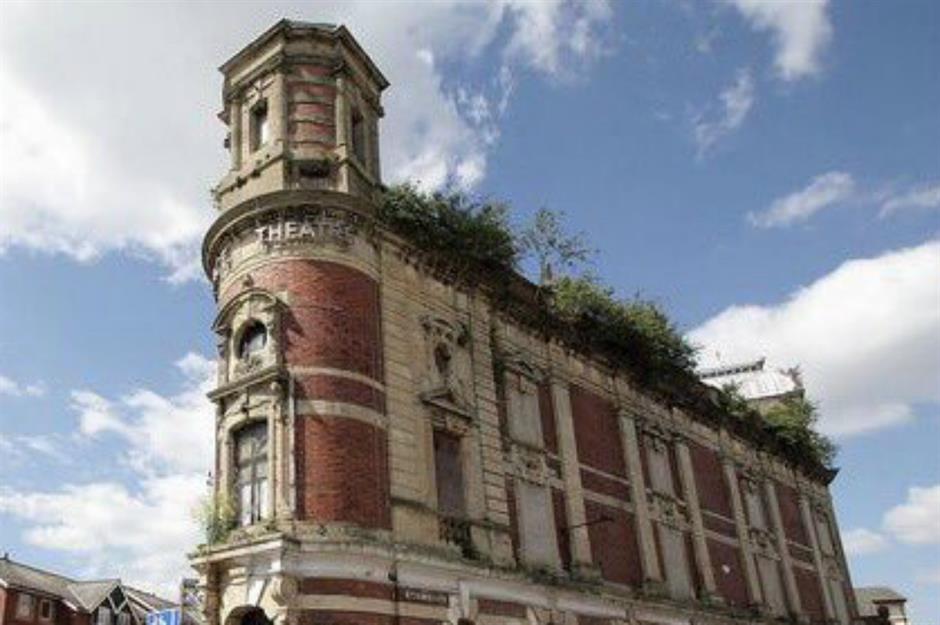
But in good news for the dilapidated theatre, Swansea council recently announced it was to take over ownership of the Grade II-listed building in order to create community, retail and office space inside as part of a £5 million ($6.5m) redevelopment. The authority is now working with the Welsh government to identify funding for the project, which is earmarked to take around three years.
Renaissance faire, Virginia
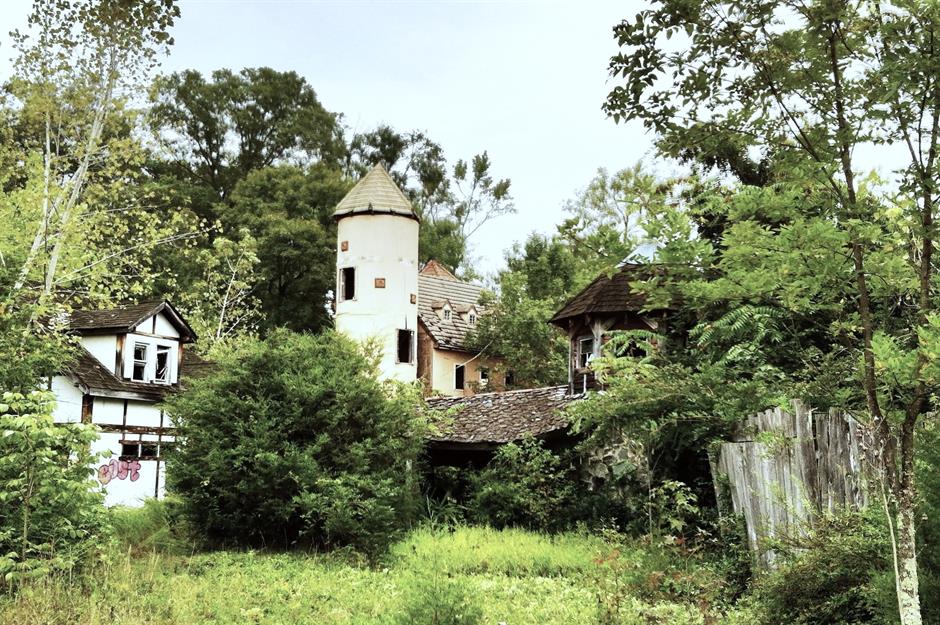
The abandoned Virginia Renaissance Faire in Fredericksburg opened as a permanent Tudor wonderland in 1996 but closed its doors just three years later. Renaissance faires are basically medieval festivals, offering attendees a change to dress up in mid-1600s costumer, eat traditional Tudor meals such as mutton washed down with mead, and watch traditional events like jousting. This one was built on land once owned by George Washington's mother, Mary.
Renaissance faire, Virginia
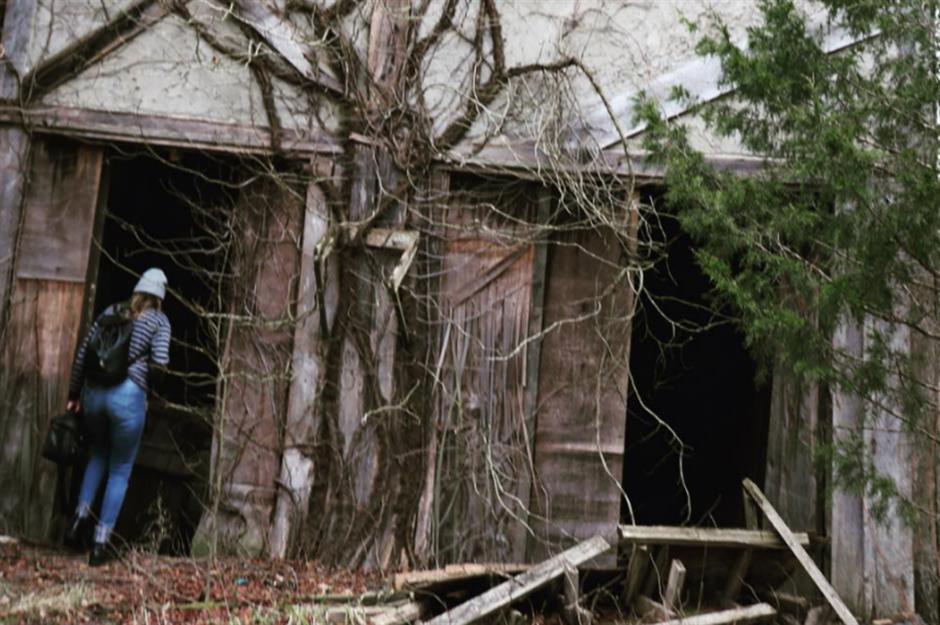
Renaissance faire, Virginia
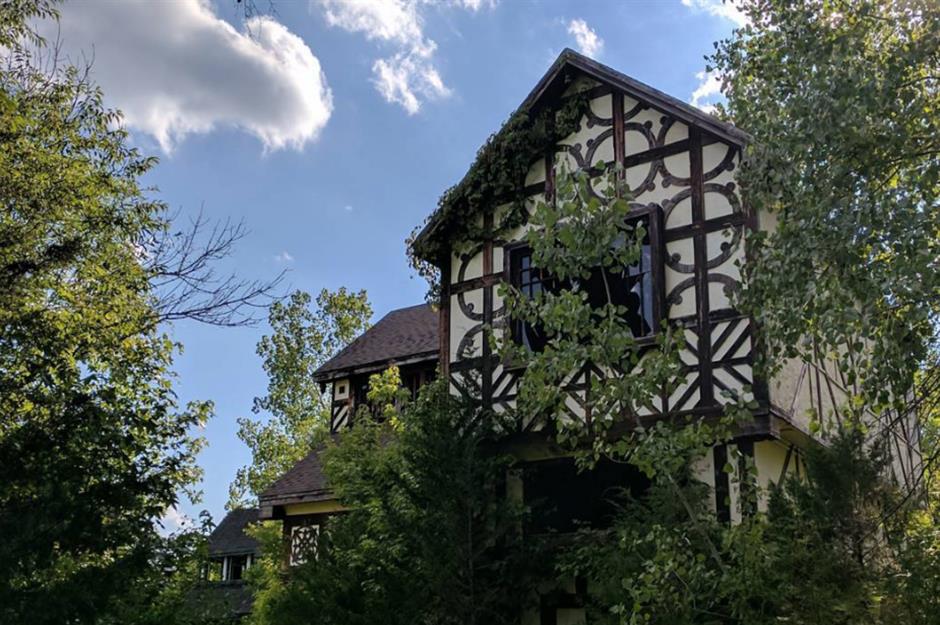
The spirit of the Virginia Renaissance faire lives on at a separate event in nearby Spotsylvania, while the weeds overtake the increasingly unstable buildings at Fredericksburg. But wannabe trespassers beware: the derelict and privately-owned site is now leased out to a local hunting club, which actively use it for shooting, hunting and similar recreational activities throughout the year.
Packard plant, Detroit
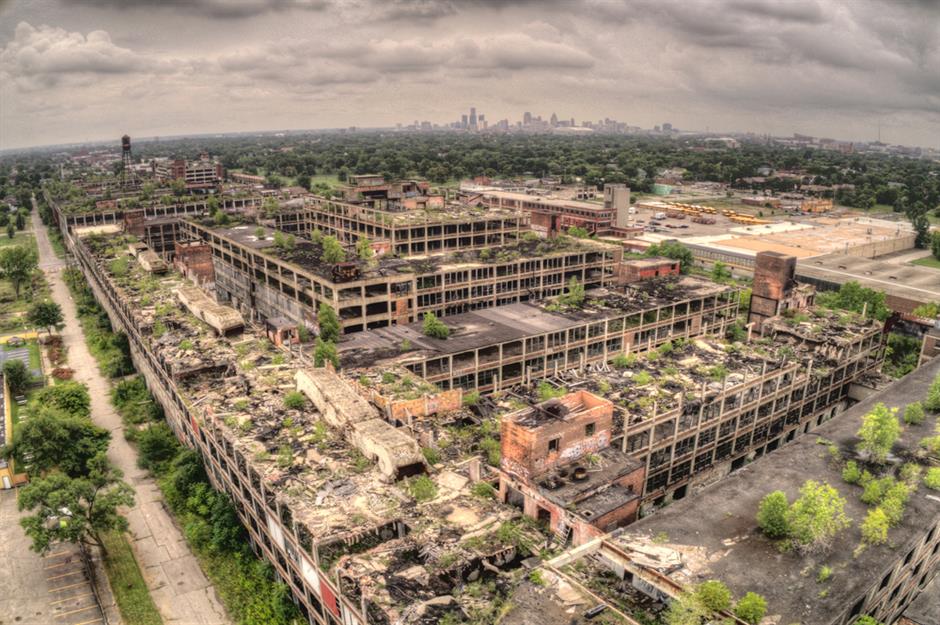
Packard plant, Detroit
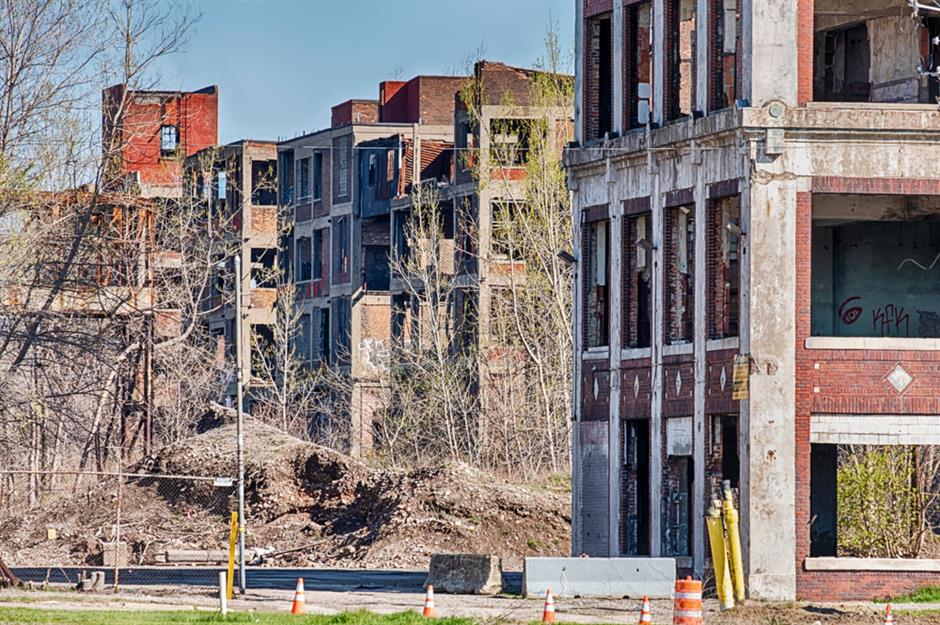
Packard shifted from hand assembly to a rudimentary assembly line in the 1920s, but the old buildings weren't greatly suited to more modern car making. It halted production altogether at the start of World War II and began making aircraft engines. But the facility never regained its pre-war momentum, despite modernisation efforts, and the last car rolled off the production line here in the mid-1950s. The site operated as an industrial park and a site for other businesses well into the 1990s.
Packard plant, Detroit
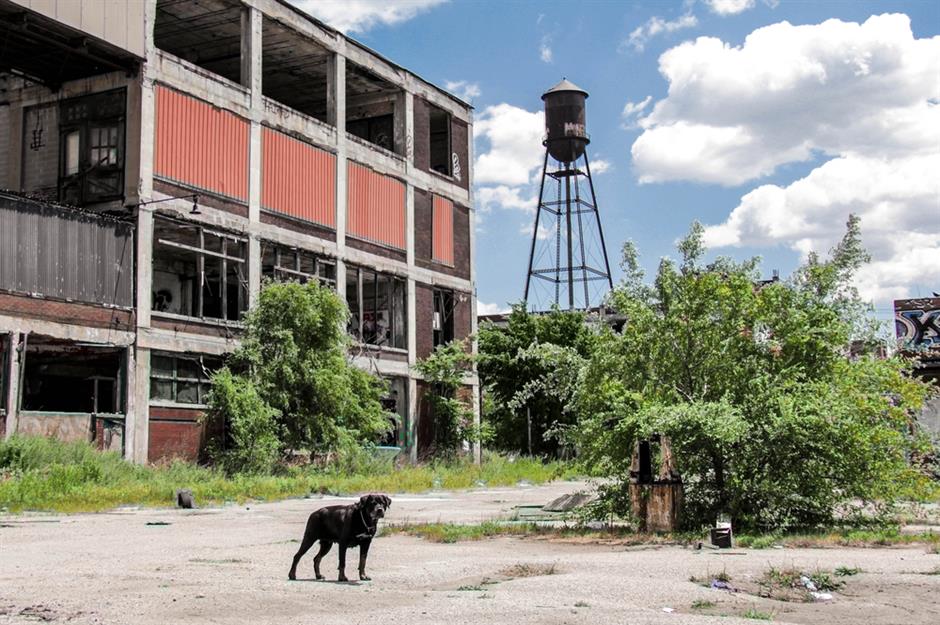
The colossal site is now home to little else than urban wildlife, with greenery slowly creeping over the old buildings. Although, surprisingly, the city only recently evicted the plant's last resident, a 74-year-old automotive worker called Allan Hill, who claimed to have agreement with the owner to live there. Despite all this, the factory's fortunes are looking up with Peruvian businessman Fernando Palazuelo having plans to clean up the factory, once the symbol of the US car-making industry.
Whaling station, Grytviken
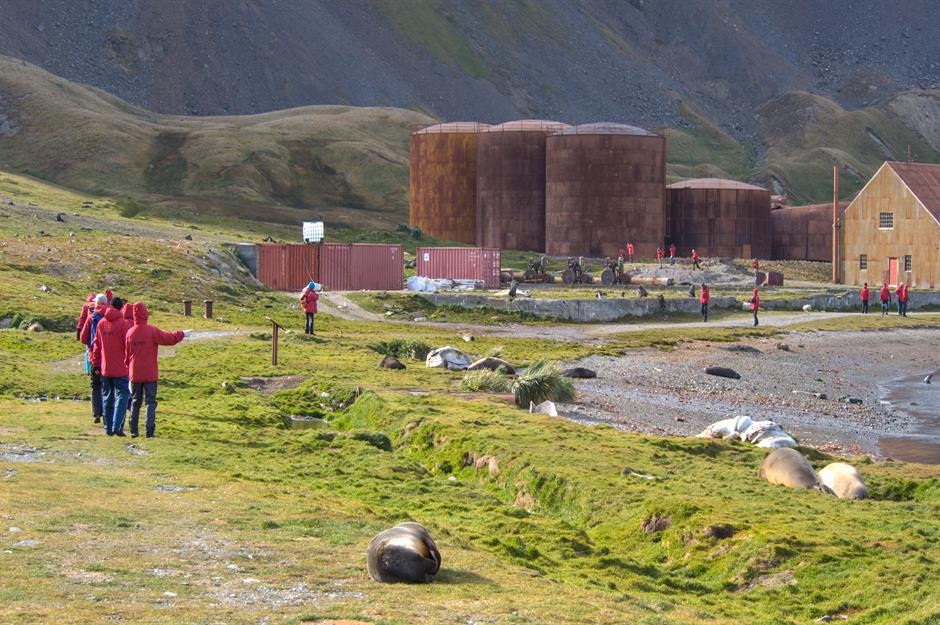
Whaling station, Grytviken

But the whaling industry became a victim of its own success and the global economic and political situation over the next few decades. By the mid-1930s, the over-hunted humpback whale became nearly extinct in the Antarctic while the price of whale oil was at a record low. However, Grytviken was one of only two whaling stations in South Georgia that stayed active during World War II, thanks in part due to financial reserves from its earlier boom years.
Whaling station, Grytviken
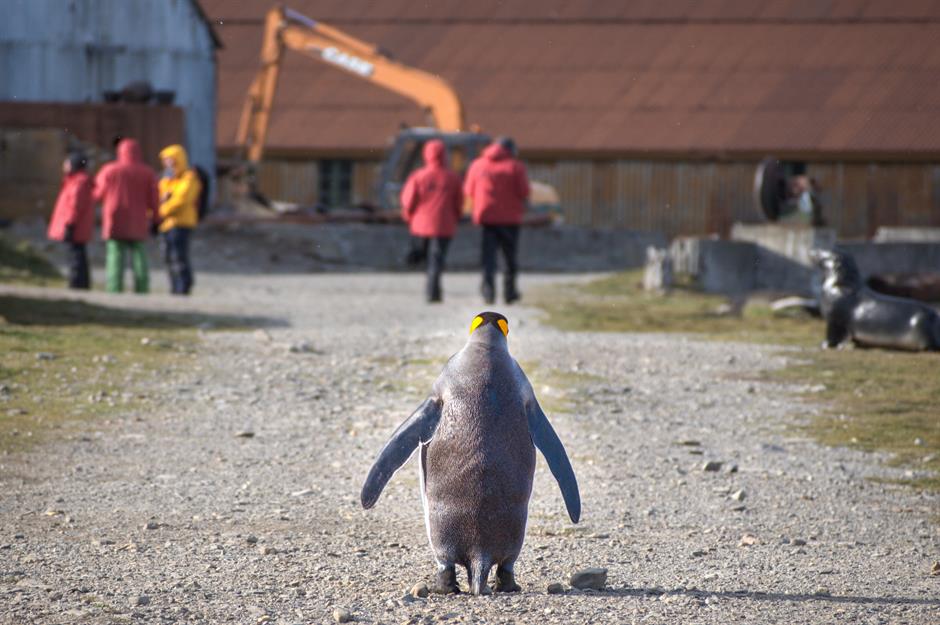
Despite some attempts at modernisation, in 1962 CAP was bought out by a group of Japanese businessmen, who gave up on it and closed it down three years later. Since then, the Grytviken whaling station has become a home for an array of wildlife including terns, penguins and seals, all basking in the sun near the old boilers where the whale carcasses were boiled up – only to be disturbed by the occasional tourist.
Now read From disused stadiums to deserted airports: billion-dollar wastes of money
Comments
Be the first to comment
Do you want to comment on this article? You need to be signed in for this feature